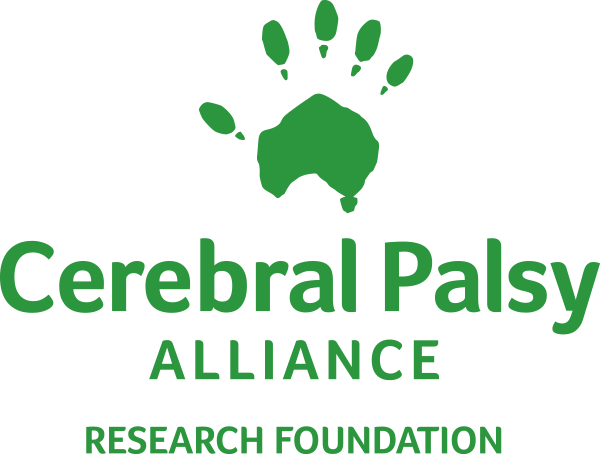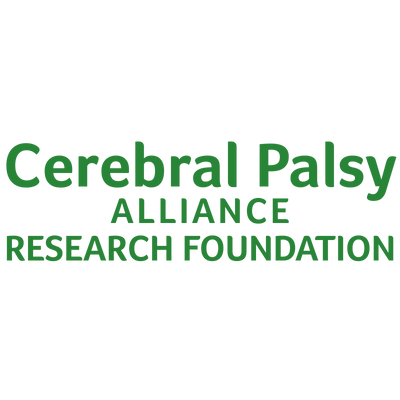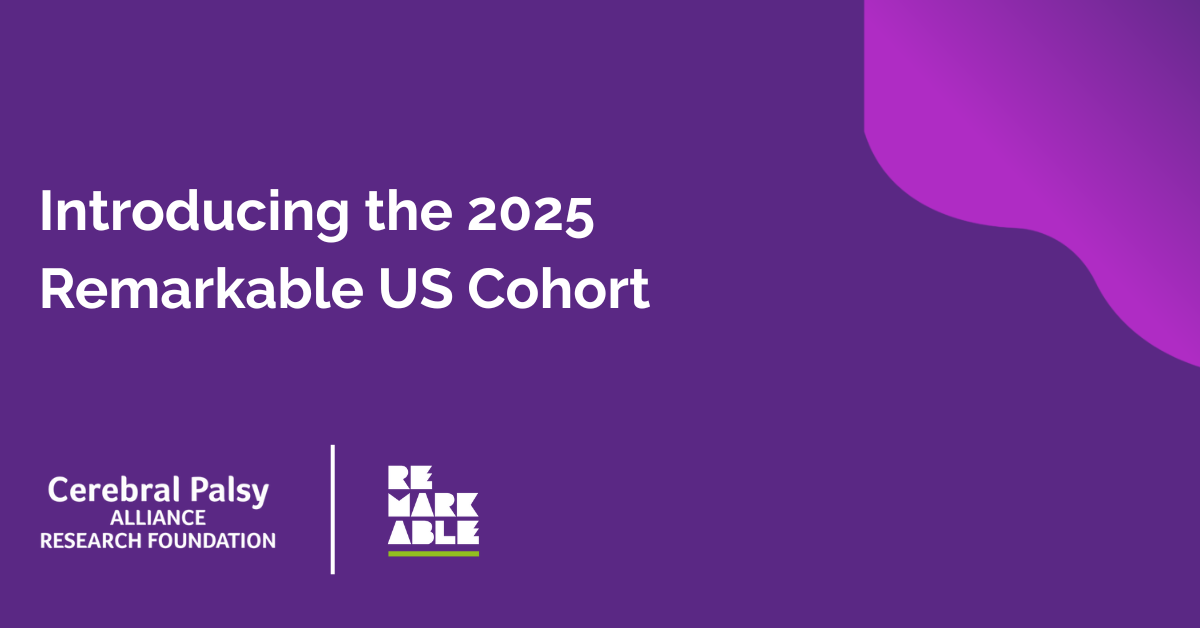
Changing What’s Possible: The Disability Innovation Podcast | Season Three
Episode Two | Innovation in 5: Stress Less About Finding Accessible Public Bathrooms with Ahoi and Momentum Refresh
Whether you’re planning to go to an event or even just catch up with friends over a cup of coffee, you shouldn’t have to worry about whether or not there will be a bathroom available that meets your needs. Even if public bathrooms comply with all of the Americans with Disabilities Act Standards for Accessible Design, they can still be difficult or impossible to use for people with cerebral palsy and other disabilities.
In this episode, Becky Hansen, Chief Strategy Officer at Momentum Refresh, and Jake Haendel, Founder of Ahoi, talk about their innovative approaches to making public bathrooms more accessible and inclusive. Momentum Refresh provides fully accessible, universally designed mobile bathrooms to empower people with limited mobility to more easily access community events, venues, and emergency services. Ahoi is a mobile app that leverages community-sourced photos and ratings about the accessibility of bathrooms to help people with disabilities find bathrooms in their area that have the features they need.
View the transcript for Episode Two.
Listen and subscribe to learn more about how you or someone you care about can benefit from today’s latest advances in disability tech.
Thanks for listening! We’d love to know what you think of Changing What’s Possible. Please leave us a review on your favorite podcast platform, share your favorite episode with your friends, and help spread the word on social media.
Follow us: Instagram | Facebook | LinkedIn
Check out previous episodes. New episodes are released every Friday.
Fri 05 Dec 2025
An update on one of our most important initiatives: expanding access to life-changing assistive technology for Native Americans with disabilities.
Mon 08 Sep 2025
We’re proud to share that CPARF’s 2025 Remarkable US Accelerator cohort kicks off this week! This program supports disability-focused startups that are developing cutting-edge assistive technology.






